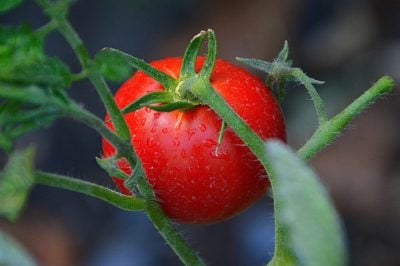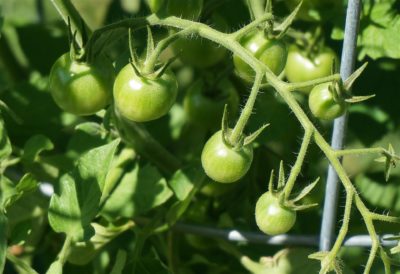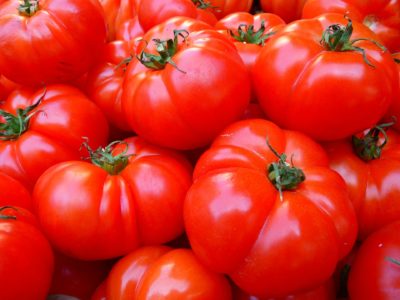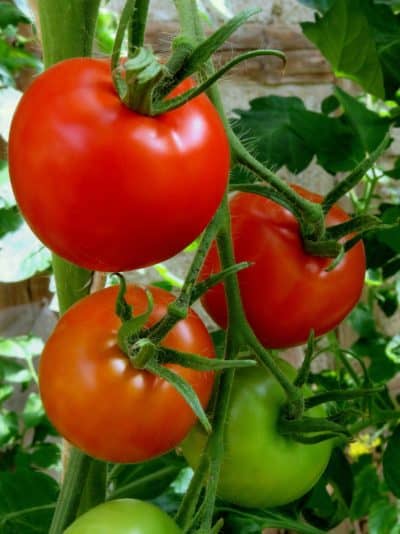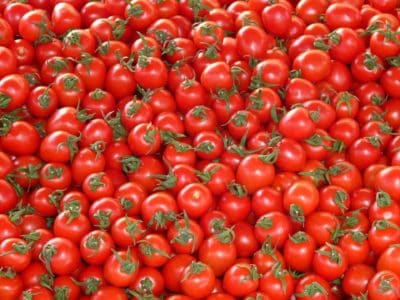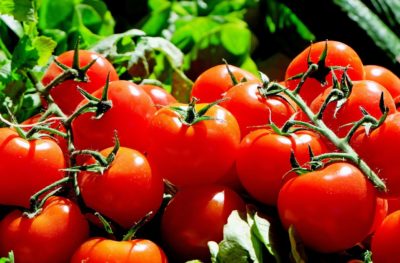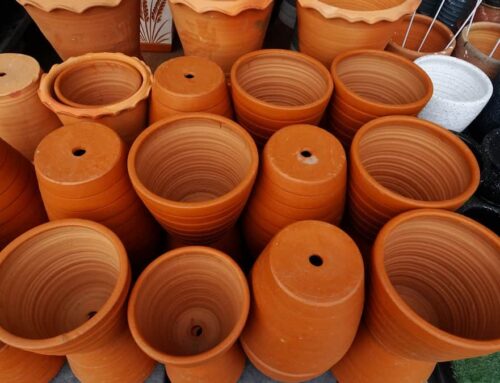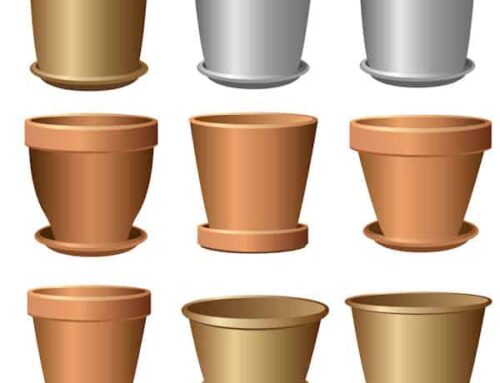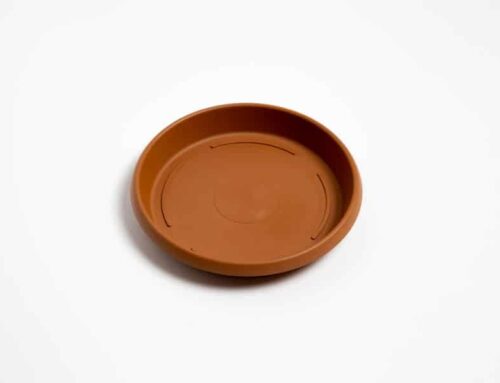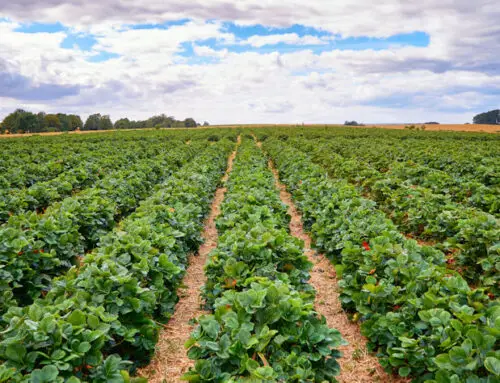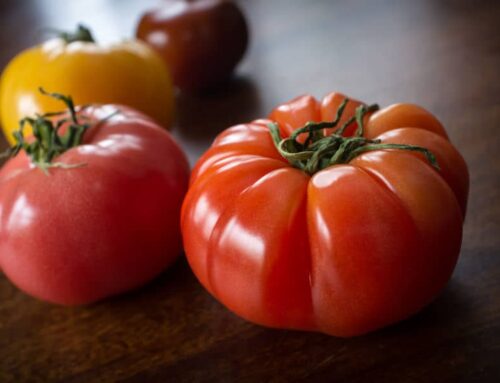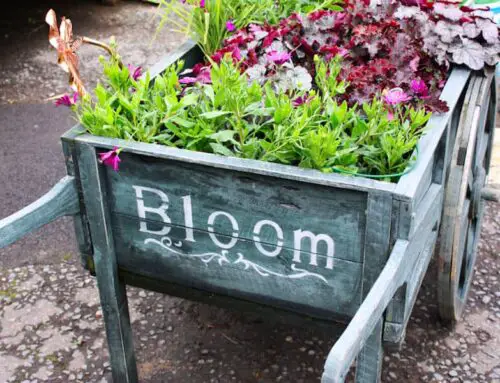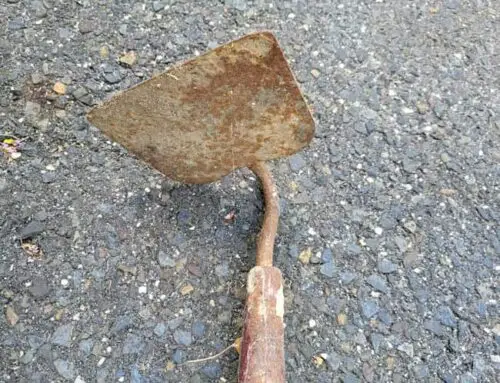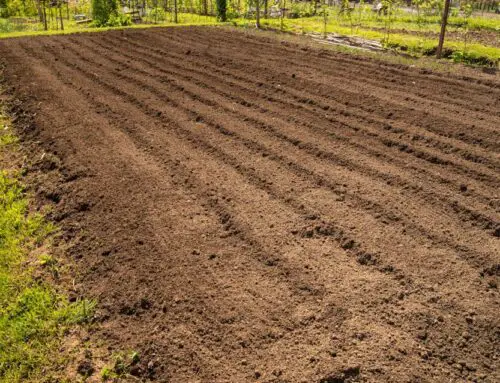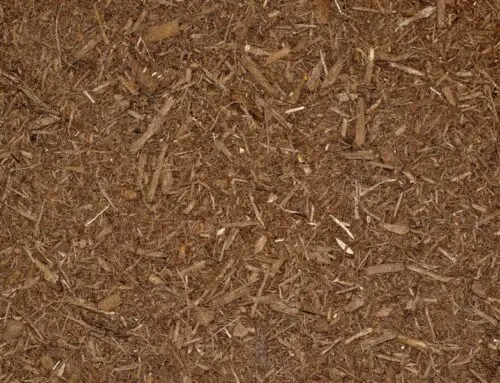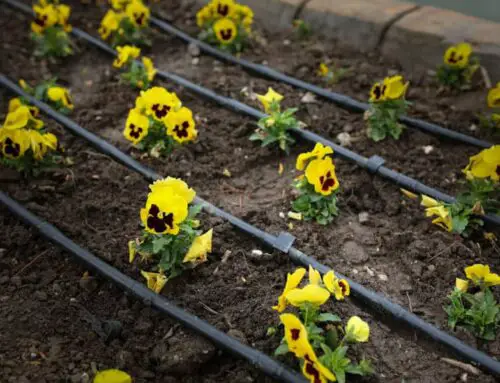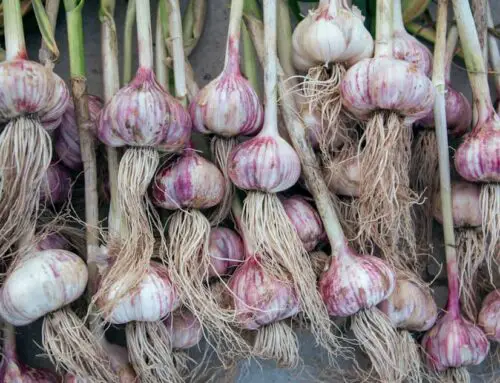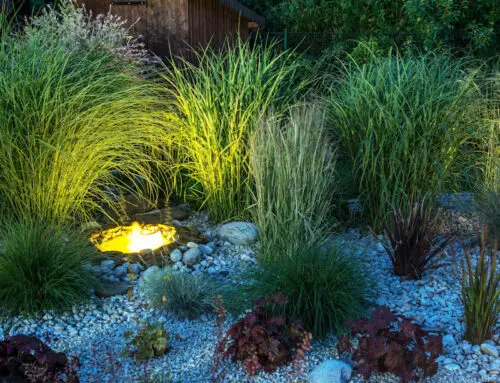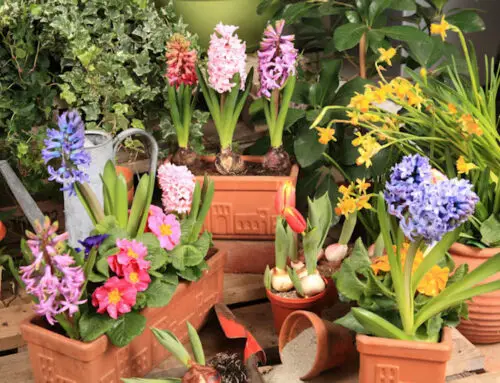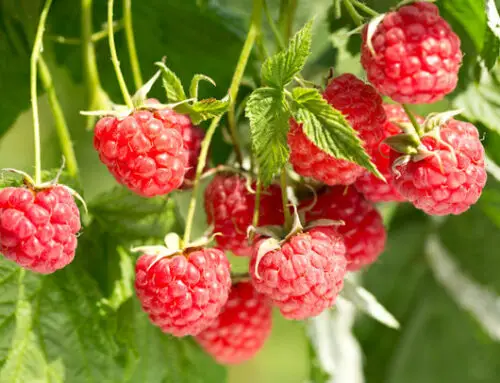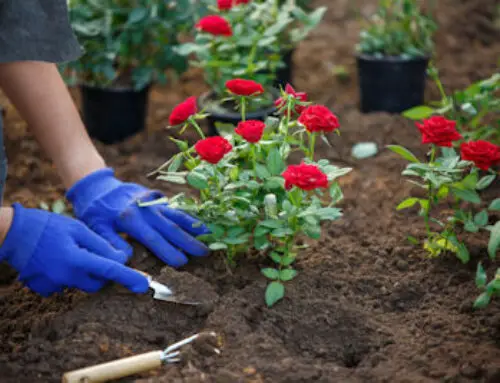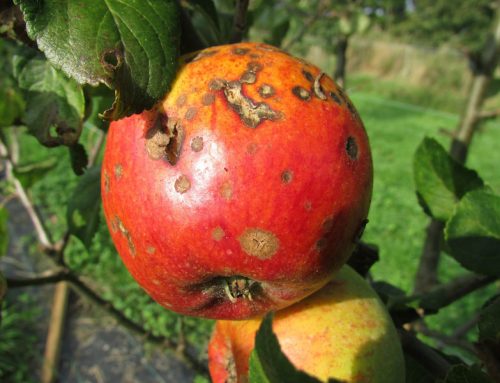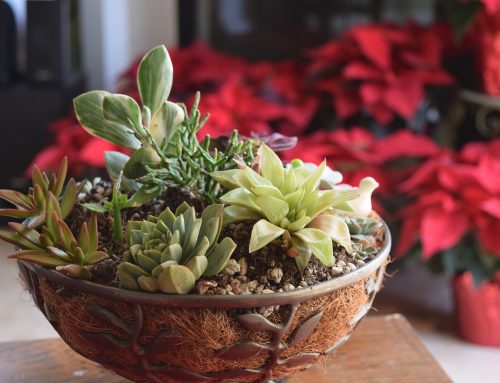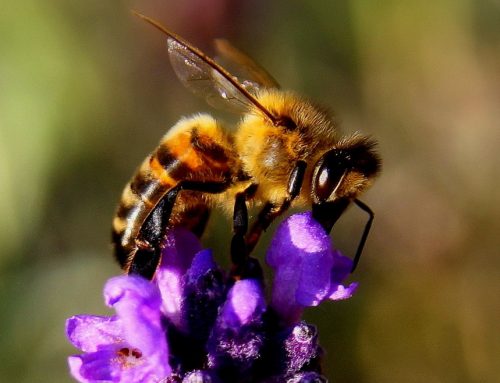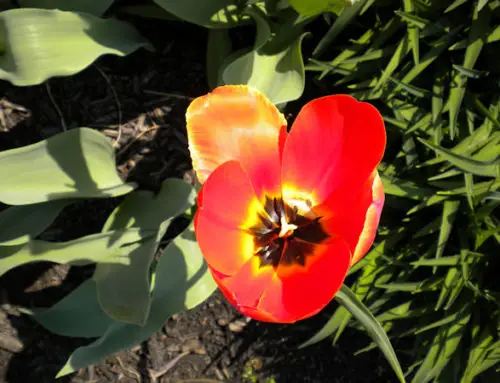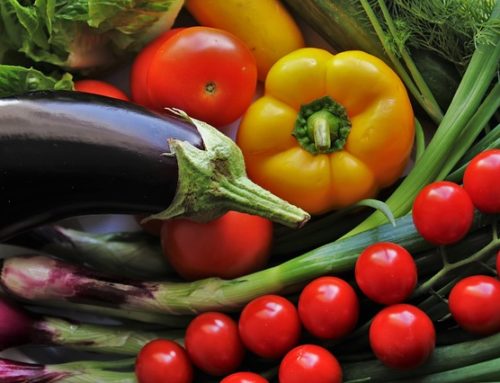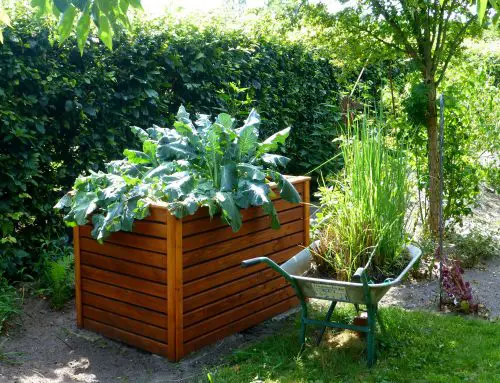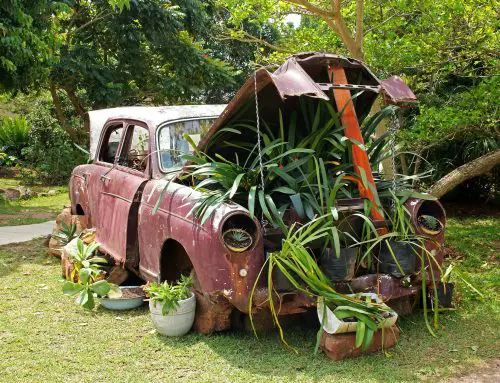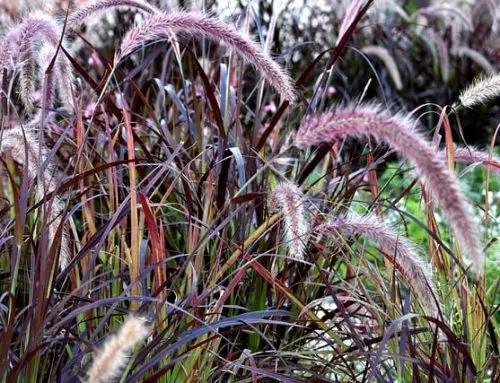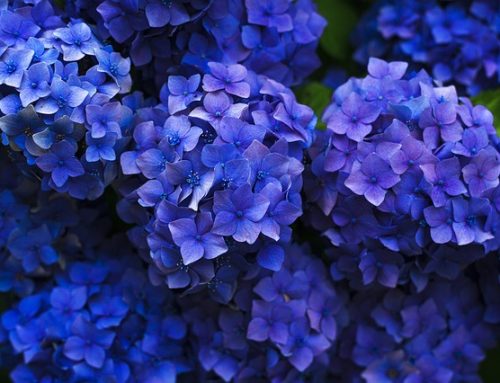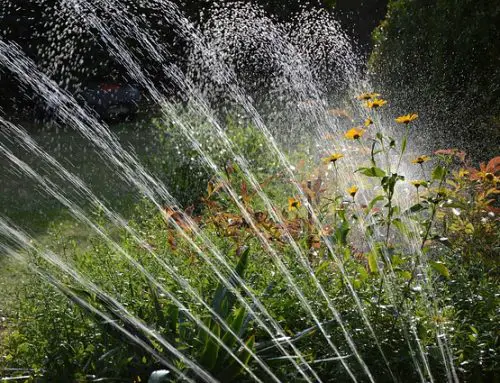It is easy to learn how to grow tomatoes. They are the most commonly grown vegetable plant in home gardens. It is estimated that 9 out of 10 home gardeners choose to plant tomatoes plant in their garden plot(s). Overall, tomatoes are relatively easy to grow, and provide bountiful yields in relation to the care needed. One tomato plant can yield 8 to 10 pounds of fruit in a growing season; growing one or two plants in a tomato garden can easily meet the needs of a small family. With thousands of active varieties grown worldwide, it is easy to find one, or a few, that meet your taste preferences and household needs. A few basic principles to follow when you learn how to grow tomatoes will help to ensure a productive growing season and a successful tomato garden.
Types of Home Grown Tomatoes
When you learn how to grow tomatoes the type chosen is highly dependent on the tastes of the gardener, and how you intend to use the fruit. For classification purposes, tomatoes are broken down into 5 main types: beefsteak, slicing, plum, cherry, and grape.
Beefsteak tomatoes – The largest of the types, with fruits exceeding 4” in diameter. They are a favorite of home gardeners because of their large size and juicy interior. Beefsteaks are a favorite for slicing to use on sandwiches and hamburgers.
Slicing tomatoes – Slightly smaller than beefsteak, with fruits averaging 2-2.5” in diameter. They are popular because of their medium size and high yielding plants.
Plum tomatoes – Often known as paste tomatoes. They contain lower water content, resulting in a meatier flesh that is perfect for making sauces and tomato paste. Plum tomatoes grow to be oblong in size, typically 3-4” in length and 1.5-2” in diameter.
Cherry tomatoes – Small and round, similar in size to their namesake. Often sweet they are a favorite for fresh eating and using on salads.
Grape tomatoes – Small also but more oblong in shape, similar to plum tomatoes.
How Far Apart to Plant Tomatoes
Plant spacing will depend on the varieties chosen but most plants (besides dwarf varieties) require 18-24” between plants. This gives them adequate space to grow while maintaining air flow around the base of the plant. Most tomato plants will need to be staked or caged to keep the plants upright as they grow.
How to Grow Tomatoes
Since it’s easy to learn how to grow tomatoes, it’s no wonder tomatoes are found in so many gardens across the United States. For optimum growth they need a tomato garden spot that receives 6 to 8 hours of sun and has good air circulation to minimize diseases.
Tomato plants grow in two different ways; these growth patterns are called determinate or indeterminate. Determinate tomatoes grow to a specific height, set by the plant’s genetics, and then stop growing. The fruit then ripens at about the same time. After ripening, the plant starts to deteriorate and stops producing any more fruit. This is helpful when the resulting crop is intended to be processed, or canned, since the fruit ripens at about the same time, and the entire crop can be picked simultaneously. Determinate tomatoes tend to be smaller plants and work well in container gardening. Indeterminate tomatoes grow in a pattern opposite of determinate tomatoes. They do not have a predetermined height and will continue to grow all season; as long as the tomato garden plant is actively growing it will set and ripen fruit. With continuous growth and setting of fruit, indeterminate plants will provide a slow and steady supply of fruit throughout the growing season. This is an advantage for home gardeners that want to enjoy ripe tomatoes as long as possible. You can also enjoy growing hydroponic tomatoes using the benefits of hydroponics.
Tomato Fertilizer
Tomatoes are heavy feeders (depending on the variety planted and size of fruit produced), meaning they require more tomato fertilizer than most plants during the growing season for optimum growth. To promote fruit growth on plants versus vegetative growth a fertilizer ratio of 5-10-10 is best. You can use a specific Tomato fertilizer meant just for tomatoes otherwise a general fertilizer will suffice. The numbers on the fertilizer label are known as the N-P-K ratio (nitrogen-phosphorus-potassium); this ratio tells the percentage, by weight, of the three main nutrients in the bag. In a 5-10-10 formula, a 10 pound bag of fertilizer would contain 0.5 pounds of nitrogen, 1 pound of phosphorus (in the form of P2O5), and 1 pound of potassium (in the form of K2O). Ideally the nitrogen should be less than or equal to the ratio of the phosphorus and potassium to promote setting of fruit. To fertilizer tomato plants, follow the directions on the fertilizer package for application rate; apply fertilizer to plants every 6-8 weeks prior to fruit set, and then every 3 weeks after fruit set until there is a frost.
Tomato Plant Pest Control
When you learn how to grow tomatoes it is important to remember that garden pest management plays a crucial role in a successful harvest. One of the most common tomato pests, tomato hornworms are found in gardens all throughout the United States. These pesky green caterpillars can devastate an entire tomato crop in record time. Their light green color provides fantastic camouflage, making them difficult to spot on foliage. Tomato hornworms can grow up to 5” long and feed voraciously, eating through plant leaves and fruit rapidly. Removing pests by hand is the most effective method for control. The tomato hornworm caterpillars are not dangerous and do not sting/bite. Ladybugs and green lacewings make great natural predators by feeding on the young caterpillar larvae. Applying insecticides is usually not necessary; however, spinosad and insecticidal soaps are good options if needed as a last resort.
Aphids are another common garden pests, affecting most fruits and vegetables (including tomatoes), ornamental plants and shade trees throughout North America. The minuscule pear-shaped insects attach themselves to the plant, sucking sap through two tubes projecting rearward from their abdomen. This causes distorted foliage and leaf drop if left untreated. Excretions left behind on plants support sooty mold growth while the feeding itself can spread viral diseases. Hot pepper or garlic sprays can be used as preventative methods. Treatment options include washing infested plants with a heavy spray of water, encouraging predatory/parasitic insects such as aphid midges, lacewings and lady beetles. In cases of severe infestation it is necessary to apply insecticidal soap, neem, or horticultural oil to affected plants.
Plant diseases are always a challenge when working with plants. Tomato diseases such as late blight are a major concern. It spreads quickly and wreaks havoc on a stand within a short amount of time. As its name implies it occurs later in the growing season, most often after the plant blossoms. Late blight is a disease triggered by rainy, damp weather, and causes plants to rot and die if left untreated. Early symptoms look like grayish-green water spots on older leaves; as it matures the spots darken in color and a white fungal growth occurs on the undersides of foliage. The chemical controls for late blight are limited to expensive copper sprays that work best when the disease is caught early. Often times, an entire stand is infected and plants need to be removed entirely and then disposed.
Blossom end rot isn’t a pest but a management condition that adversely affects tomatoes. It is a common problem found in home gardens, and manifests as a dark, sometimes leathery, patch occurring at the bottom of the fruit. Blossom end rot is thought to be caused by a lack of calcium in the soil, but in reality it develops when the plant can’t adequately take in the calcium available.
This is typically because of too little moisture in the soil, or the plant is growing too quickly and the roots can’t keep up with the nutrient demand. To avoid blossom end rot in tomato plants, water plants evenly, and monitor fertilizer applications to prevent a sudden surge in vegetative plant growth.
Tomatoes are found in home gardens more often than other plants. With many varieties to choose from, and a handful of different types, it’s easy to find plants that suit your tastes. When you combine some basic care, proper fertilization, and pest/problem management a tomato garden will yield bountifully.

